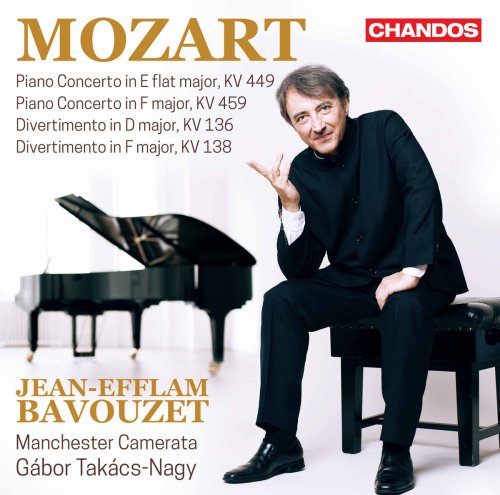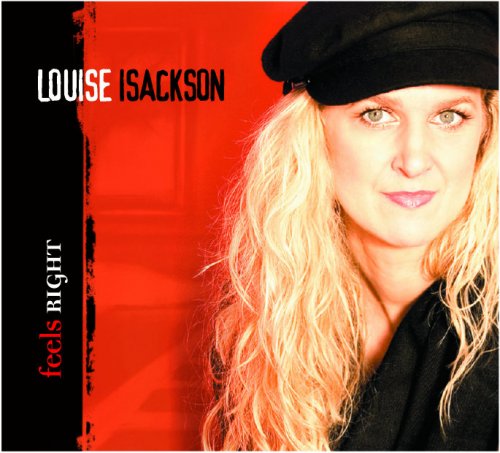Jean-Efflam Bavouzet, Manchester Camerata & Gábor Takács-Nagy - Mozart: Piano Concertos, Vol. 2 (2017) [Hi-Res]

Artist: Jean-Efflam Bavouzet, Manchester Camerata, Gábor Takács-Nagy
Title: Mozart: Piano Concertos, Vol. 2
Year Of Release: 2017
Label: Chandos
Genre: Classical
Quality: flac lossless / flac 24bits - 96.0kHz +Booklet
Total Time: 01:09:30
Total Size: 293 mb / 1.1 gb
WebSite: Album Preview
TracklistTitle: Mozart: Piano Concertos, Vol. 2
Year Of Release: 2017
Label: Chandos
Genre: Classical
Quality: flac lossless / flac 24bits - 96.0kHz +Booklet
Total Time: 01:09:30
Total Size: 293 mb / 1.1 gb
WebSite: Album Preview
---------
01. Piano Concerto No. 14 in E-Flat Major, K. 449: I. Allegro vivace
02. Piano Concerto No. 14 in E-Flat Major, K. 449: II. Andantino
03. Piano Concerto No. 14 in E-Flat Major, K. 449: III. Allegro ma non troppo
04. Divertimento in D Major, K. 136 "Salzburg Symphony No. 1": I. Allegro
05. Divertimento in D Major, K. 136 "Salzburg Symphony No. 1": II. Andante
06. Divertimento in D Major, K. 136 "Salzburg Symphony No. 1": III. Presto
07. Divertimento in F Major, K. 138 "Salzburg Symphony No. 3": I. Allegro
08. Divertimento in F Major, K. 138 "Salzburg Symphony No. 3": II. Andante
09. Divertimento in F Major, K. 138 "Salzburg Symphony No. 3": III. Presto
10. Piano Concerto No. 19 in F Major, K. 459: I. Allegro
11. Piano Concerto No. 19 in F Major, K. 459: II. Allegretto
12. Piano Concerto No. 19 in F Major, K. 459: III. Allegro assai
The effervescent and communicative energy of Bavouzet and Takács-Nagy is encapsulated again in this second volume of their Mozart series. These exhilarating interpretations of Mozart’s piano concertos of 1784, faultlessly supported by the Manchester Camerata, follow highly praised concerts as well as a first volume which was ‘Editor’s Choice’ in Pianist.
The two concertos presented here are among the six that Mozart composed in Vienna in an extraordinarily productive year. As Bavouzet states in an exclusive personal note, they ‘share their association with operatic and symphonic styles. The contrasts of mood in their first movements and the cantilenas which serve as second movements relate them more closely with music for the operatic stage, while their finales are conceived in purely instrumental terms and make reference to the symphonic domain. On the other hand, these two works are complete opposites as far as their use of wind instruments is concerned. In KV 449 their inclusion is ad libitum, whereas they very often play the principal role in KV 459.’








